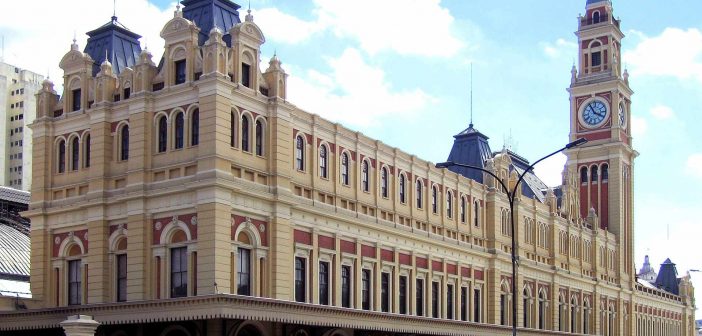The Estação da Luz, inaugurated more than 150 years ago, was the birthplace of the State of São Paulo’s rail network
Estação da Luz is one of the principal train stations in São Paulo, and also the end of the line for many of the city’s lines. Built by an English company, São Paulo Railway, in 1867, the station started out in much the same fashion as any other: a simple construction, a project overseen by British architect Charles Henry Driver, who was a specialist when it came to the use of decorative iron.
The station has been renovated and upgraded over the years. The first of such reforms was in 1888 with an expansion project to incorporated new passenger platforms and extended the station’s buildings.
In addition to serving the large flow of passengers, as it does to this day, the station also used to play a vital role in the storage of the coffee beans, which were later shipped to the port of Santos for export. Much of the materials required for the station’s reforms over the years—adding new floors to the main building, a new administrative hub and line expansions—had to be imported from overseas.
In the twentieth century, some buildings were demolished and gave way to what would be known as the “third station”, already quite similar to the current one. In the late 1940s the station was almost totally destroyed by a fire and, despite major renovations, could never be fully restored to its former glory.
Much later, however, it was fully restored between 1990 and 2000. To this day it remains an important public transport terminal in São Paulo as it links various overland and underground lines.
Neighbouring the station is the Museu da Língua Portuguesa (Museum of Portuguese Language), and also the Pinacoteca do Estado de São Paulo, one of Brazil’s most celebrated modern art museums.




